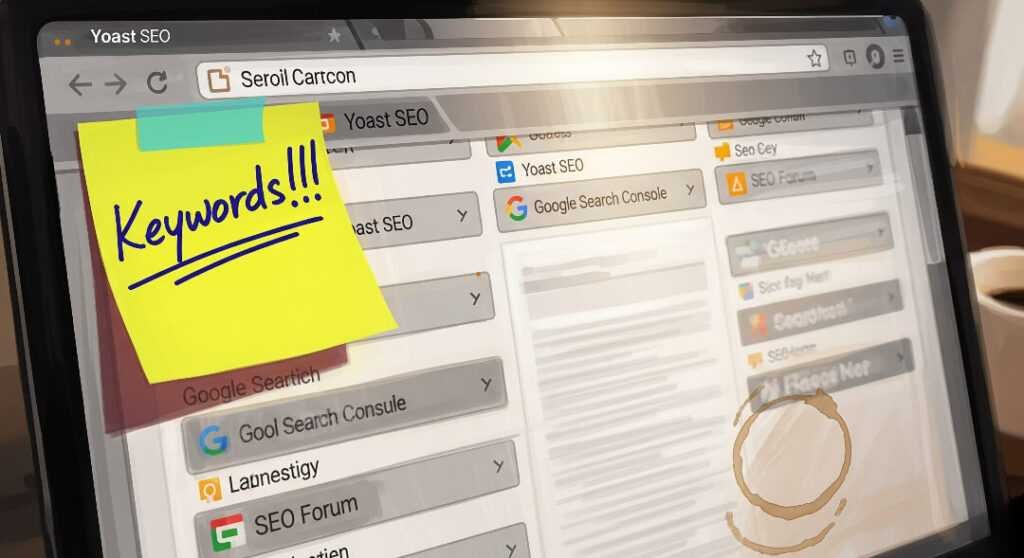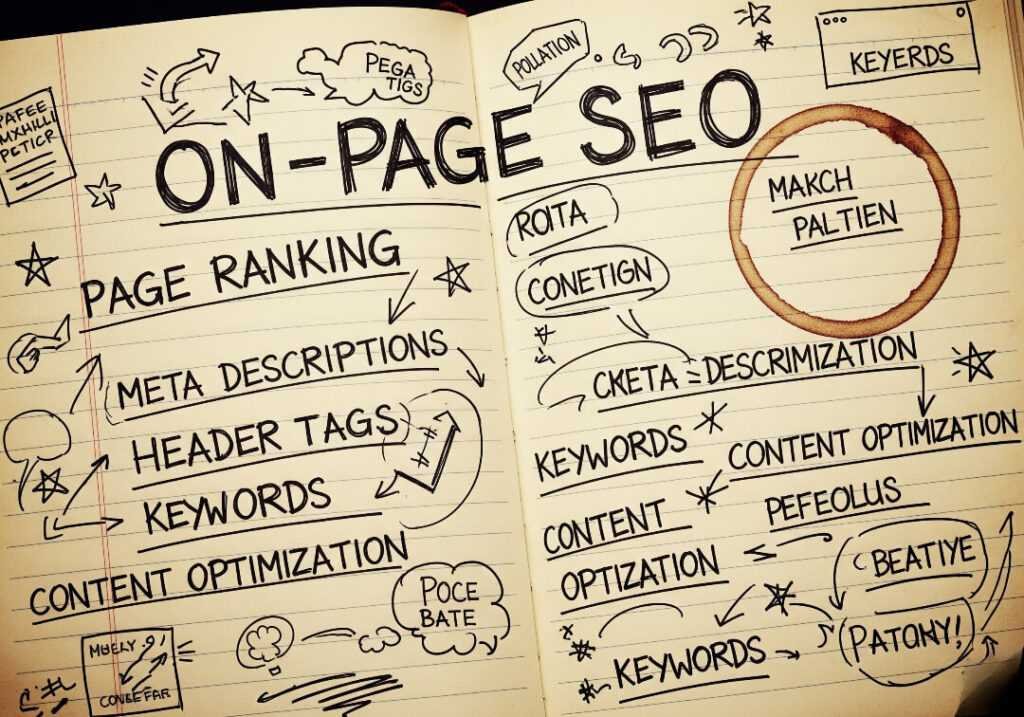On-page SEO is my current love-hate obsession, okay? I’m sitting here in my cramped Queens apartment, the radiator clanking like it’s mocking my life choices, typing this on a laptop with a sticky “S” key from a spilled kombucha incident last week. I’m no SEO wizard—heck, I’m barely keeping it together—but I’ve fumbled through enough website optimization disasters to share some real, messy insights. Like, I once spent four hours tweaking a blog post’s title tag, only to realize I’d accidentally published it with “SEO” spelled as “SOE.” Total rookie move. Anyway, here’s my raw, slightly unhinged take on mastering on-page SEO in 2025, straight from my caffeine-jittery soul.
Why On-Page SEO Is My Kinda Hot Mess
On-page SEO is all the stuff you do on your website to make Google notice you. It’s like putting your site in a snazzy outfit—title tags, headers, content, images, the works. I learned this the hard way when my blog about artisanal pickles (don’t ask) tanked because I thought meta descriptions were optional. I was at a coffee shop in Astoria, sipping a $7 latte that tasted like regret, staring at my Google Analytics like it was a horror movie. Zero traffic. Nada. That’s when I dove into SEO basics, and let me tell you, it’s a slog but it’s worth it.
- You’re in control: Unlike backlinks (ugh, don’t get me started), on-site SEO is all on you.
- It’s always changing: 2025’s algorithms are like, next level smart, so you gotta keep up.
- It’s forgiving (kinda): Screw up? Fix it. No one’s judging (except my neighbor’s dog barking through the wall).

My Biggest On-Page SEO Fails (Learn from My Pain)
Real talk: I’ve botched on-page SEO so many times, it’s practically my brand. Here’s the tea on my worst flops:
- Keyword Stuffing Disaster: I once shoved “on-page SEO” into every paragraph like I was sprinkling glitter. Google yeeted my site to page 12. Use keywords like you’re chatting, not preaching.
- Mobile Meltdown: My pickle blog looked dope on my laptop but like a dumpster fire on my phone. 2025 is all about mobile-first indexing. Test your site on your cousin’s cracked iPhone if you have to.
- Boring Meta Descriptions: I used to write snooze-fest ones like “SEO tips here.” Now I make ‘em spicy and personal, like the meta description above. (Did I mention I misspelled “optimization” once? Yeah.)
My cat, Pickles (ironic, I know), is staring at me from the couch, probably judging my life choices. Point is, mistakes are how you learn on-page SEO. Embrace the chaos.
My 2025 On-Page SEO Playbook (It’s Not Perfect)
Here’s how I tackle website optimization now, pieced together from YouTube rabbit holes, Reddit threads, and too many coffee-fueled meltdowns. It’s messy, but it’s mine.
Title Tags: My On-Page SEO Lifeline
Title tags are like your site’s first impression. I learned this when I changed my blog’s title from “Pickle Vibes” to “Best Artisanal Pickles in NYC: My Crunchy Guide.” Traffic spiked like crazy. Keep ‘em under 60 characters, start with “on-page SEO” or whatever your main keyword is, and make it pop. Check out Moz’s title tag guide for the nitty-gritty.
Headers That Actually Work for On-Site SEO
Headers (H1, H2, H3) are like the roadmap for your content. I used to throw in random headers like “Stuff I Like” until I realized Google uses them to figure out what your page is about. Now, I make my H1 scream “On-Page SEO in 2025” and sprinkle secondary keywords like “SEO tips” in H2s and H3s. Keep it chill, not like a corporate memo.

Content That Doesn’t Suck
Google loves content that keeps people hooked. My pickle blog started ranking when I stopped writing like a robot and started sharing real stories—like the time I dropped a pickle jar on my foot mid-post (it hurt, okay?). Use short sentences, toss in some slang, and weave in “on-page SEO” naturally. Aim for 1,500–2,000 words, but don’t just blab to hit a word count. (Okay, I’m blabbing now, sue me.)
Images: My On-Page SEO Weak Spot
Images are my nemesis. I used to upload massive, unoptimized photos that made my site load slower than my grandma’s dial-up. Now I compress them with TinyPNG and add alt text with keywords like “on-page SEO guide.” It’s annoying, but it boosts page ranking.
Links: The On-Page SEO Secret Sauce
Link to your own posts (like my old pickle recipe post) and legit external sources. I lean on Search Engine Journal for SEO news because they’re clutch. It builds trust and helps with search engine optimization.
My (Slightly Wild) 2025 On-Page SEO Predictions
Okay, I’m no fortune teller, but sitting here with Pickles snoring and the faint smell of burnt toast (yep, I did it again), I’ve got some thoughts on where on-page SEO is going:
- AI is taking over: Tools like Yoast are getting scary smart, but don’t let them steal your vibe. Keep it human.
- Voice search is legit: People are asking Alexa for “SEO basics near me,” so use conversational phrases.
- User experience is everything: Google’s cracking down on slow sites. Test your speed with Google PageSpeed Insights. (I failed this once, oops.)

Wrapping Up My On-Page SEO Rant
Look, on-page SEO isn’t brain surgery, but it’s a wild ride. I’m still learning, still screwing up, and still chasing that sweet page-one ranking. My apartment’s a disaster, my cat’s side-eyeing me, but every time I nail a title tag or optimize an image, I feel like I’m winning at life. Start small, mess up, and keep tweaking. Got a hot tip or a question? Hit me up in the comments or on X. Let’s geek out over search engine optimization together, flaws and all.




